
Final event COCOON
The final event of the COCOON project was held on the 17th September 2021.
Since the 1950s Europe has been disposing vast levels of waste in landfills. Estimates have revealed that 90% of Europe’s 500,000+ landfills are “non-sanitary” landfills, which predate the EU Landfill Directive and have limited environmental protection technologies.
The EC has acknowledged that a vision for managing Europe’s landfills is urgently required. Landfills are to be considered as dynamic stocks of resources (landfill gas, water, other) that can be integrated into the economy, while landfill management (LfM) supports reclaiming land and avoids astronomic remediation and aftercare costs. Although many EU regions are already implementing LfM, no targeted, specific European LfM legislation currently exists. Nor are existing Waste Management and Soil Protection policies integrated in an overarching circular economy framework.
Therefore, the COCOON objective is to develop, integrate and improve relevant policy instruments, while increasing subsidies through operational programmes (OPs) for LfM projects. COCOON brings together distinct EU regions to share and capitalise on regional good practices. The six targeted policy instruments include :
As a result of LfM projects, the recovery of resources (landfill gas and water first, other resources later), as well as land recovery is increased while future environmental hazards can be avoided. LfM projects generate economic development opportunities; create new (local) jobs, all within the context of a EU-wide transition to a resilient, low-carbon, circular economy.
Obviously, the governments of the partner regions directly benefit from the improved policy. But as LfM contributes to a safe environment and more resource efficiency, other public bodies also benefit from the project, as will companies, knowledge institutes and civilians.
€1,263,685.00
Environment and resource efficiency
The Soil Remediation Decree provides the Flemish government with a powerful instrument to tackle historical as well as recent soil pollution. The Soil Remediation Decree aims to eliminate the risks for humans and environment from contaminated soil. In the risk assessment, aspects as the specific type of contamination, degree of contamination, land use and vulnerability of the environment are taken into account. According to these risks, a priority of remedial actions is given. The procedure of soil investigation and remediation includes different steps and should be conducted according to specific guidelines. The Standard Procedures and Codes of Good Practice comprise specific guidance for landfills but only from the risk assessment point of view. The characterisation of the landfill as a potential resource is not the current objective. An overall management system of landfills – as dynamic resource reservoirs – is currently not available either. In order to widely implement Landfill Management (LfM) projects, the Soil Remediation Decree should be improved to integrate landfill cleanup activities into broader redevelopment projects, also taking into account aspects of redevelopment of the site and possibilities of LfM. This ensures the creation of significant added value. The improvement of the Soil Remediation Decree with regard to LfM will require the implementation of specific procedures for LfM and a thorough inventory of the current LfM status at all landfill sites.
The OP1 identifies investment in waste management related infrastructure including rehabilitation of closed landfills for other non-waste related uses as well as education campaigns. This policy also identifies energy recovery from waste as an important issue, giving more value to the concept of waste as a resource. Importance is also given to the development of a waste-to-energy facility to treat outputs from Mechanical and Biological Treatment Plants as well as bulky waste and in turn reduce the quantity of waste deposited in landfills. The programme states that the government is committed to continue rehabilitating closed landfills, such as Wied Fulija, with a view to reducing air pollution through the control of aerial emissions from landfill and combustion gases as well as to improve the visual impact of such landfill with the intention that rehabilitated landfills will be used for purpose other than landfilling. However, this policy instrument fails to tackle landfill management techniques other than landfill rehabilitation. Other landfill management techniques would not only improve our local situation but also complement our present waste management system. Landfilling in Malta is one of the major challenges being faced due to its small size, high population density, dependency on the tourism sector and increased economic activity. This issue is further escalated considering the country still disposes most of its generated waste into one landfill with limited space.
The OP Competitiveness and sustainable development 2014-2020- Priority: Management of solid waste and water resources has an axis on closing and rehabilitation of landfills The closing and restoration of all dumpsites (uncontrolled, “non-sanitary” landfills) is one of the specific activities. The closure of landfill sites, rehabilitation and management of closed Landfill sites (53 in District of Pafos, Larnaca/Ammochostos) has been performed, based on a Study for the creation of an Action Plan for the restoration of landfills (05/2006), with objectives to identify all uncontrolled landfills all over Cyprus, to categorise them according to risk levels and to specify rehabilitation techniques based primarily on the direct removal of all risks to public health and the environment, and then on possible rendering of the sites suitable for other future uses. According to the OP the planned investments in landfill management for the programming period 2014-2020 are the closure and restoration of the 60 landfills of Nicosia and Limassol Districts and the financial support to increase the capacity or improve the technology used by waste management facilities. Since the OP took into consideration the 2006 Action Plan, it is likely that the OP might not be supporting the best nor the most cost-effective landfill practices. The project will help to improve the overall performance and effectiveness of the OP axis on restoration of the 60 landfills in the Nicosia and Limassol Districts.
Since 1996 the public authorities are addressing landfill sites in order to prevent citizens to come in contact with the waste landfilled and contaminants will leach into the groundwater. Landfill sites already closed in 1996 were investigated in a national survey inventory (art. 8.48 and 8.52 Environmental Protection Act (EPA)). This inventory closed in 2004 and concluded that no sites had to be cleaned up urgently. However, some sites do result in leaching to the groundwater and might become risks for the quality of the environment. Therefore, it is important to address these issues (art. 8.49 EPA). For the landfill sites still in operation in 1996, specific legislation in the framework of the EPA was introduced in 1998 (art. 8.49 and 8.50 EPA). The provinces were responsible to implement this act in their territory and are still the competent public authorities for having these sites properly managed in terms of the environmental control of the landfill gas, water drainage, bottom- and surface liners and interim use of the area for solar panels, wind turbines and sport activities. Some 20 landfill sites in the Netherlands are still in operation for the deposit of waste. In order to update the national policy documents about landfill sites to new management regimes, recovery of land and resources and to simultaneously reduce costs, in line with the Dutch Green Deal Sustainable Landfill Management, the EPA, including specific directives for landfilling, has to be improved.
The OP 2014-2020 follows the EU Commission’s guidelines to predominantly use the funds for measures to reduce greenhouse gas emissions (GHGE) supporting both the direct prevention of GHG emission and measures supporting renewable energy (RE) projects not leading to GHGE to the atmosphere. Preventing GHGE is reflected in funding for measures that aim at the tapping and disposal and, if possible, also the utilisation of the landfill gas potential. Funding is granted for measures that result in an increase of landfill gas yield, such as the reconstruction of old gas extraction facilities and innovative gas processing systems including the construction of the necessary capping layers. Supporting renewable energy (RE) project is reflected in funding for measures for landfill sites by developing technical functional layers allowing RE generation on the landfills such as solar farms. In the actual OP many of the projects on landfill gas extraction or enhancing RE projects are funded. However, improvement in the OP could result by prioritising those LfM projects that have additional values with respect to preventing GHGE and RE, i.e. extracting other resources entailing overall lowered GHGE. This would ensure ERDF resources are attributed to the projects with the highest environmental impact improvement. Furthermore, a problem which is not addressed by the OP is the necessity to build new landfills for construction and demolition waste.
The topics within priority axis 6 of the OP are: a) investments in waste sector, b) investments in water sector, c) conservation, protection and development of the natural and cultural heritage, d) protection and restoration of biodiversity and soil, e) actions for the improvement of urban environment, comprising restoration of old brownfield sites and reduction of noise and pollution. Whereas every of the topics are relevant for LfM projects, the Investment priority 6a “investment in waste sector” – with its specific objective 6.1.1. “Development of separation, separate collection and treatment, including actions for cycle closure concerning both management plans as investments in infrastructures” – specifically mentions infrastructures for the separation and appropriate waste management are said to be expected such as clean points, transfer stations, treatment plants and landfills. Due to the generic character of the OP, many different type of projects on landfills can be supported. However, these are not selected on the basis of well-identified criteria. To support those LfM projects that have the largest benefits with respect to protecting the environment and to promote resource efficiency, it is of paramount importance that more emphasis is placed on LfM approaches, incl. the development of inventories to allow the highest potential of resource recovery (gas, water, other). As such, efficient use of the ERDF is secured by LfM projects.

The final event of the COCOON project was held on the 17th September 2021.
A new project has been launched and communicated to local municipalities to explore opportunites of reforestation on landfill.
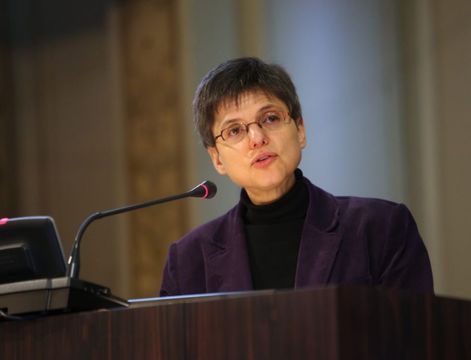
On 4th December 2020 the governor of Antwerp held her annual State-of-the-Province to province’s commission, focusing on the theme of “Our Soil”
On 6th November both COCOON and RAWFILL projects were presented at the University of Ghent during the Geological Research Seminar by Eddy Wille from OVAM.
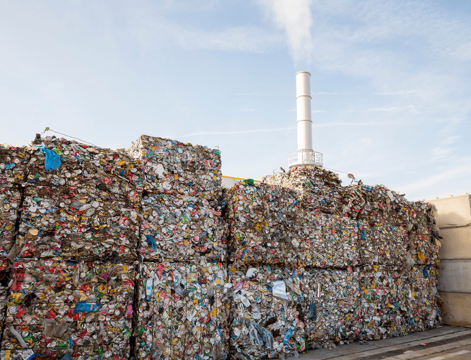
The Dutch COCOON partner realized change to their waste management legislation. The effects will be monitored for 2 years.
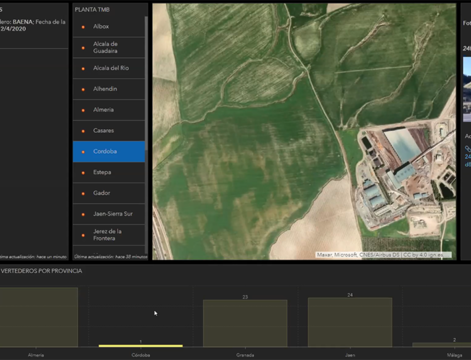
The partners of COCOON convened on 1st of October for the 10th time to share experiences and learnings. The online meeting was organized by Rijkswaterstaat NL.
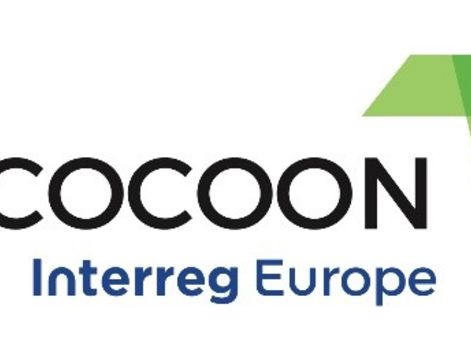
Are you already subscribed to Interreg Newsletter?
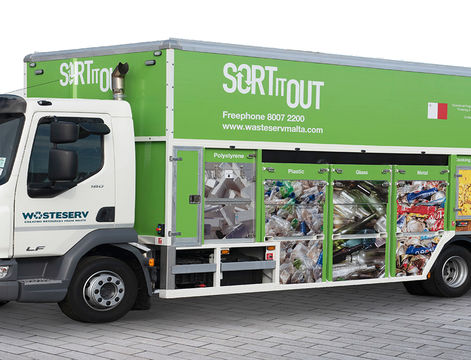
The Kerbside campaign inspired in part by the COCOON project is live, supported with new calendar and visuals.
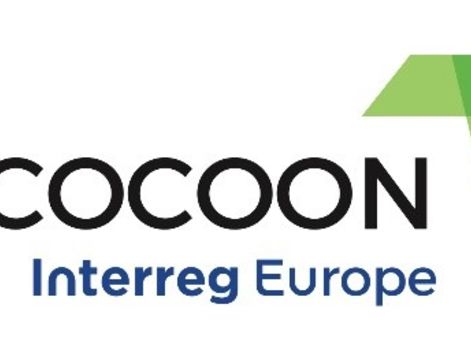
COCOON and it’s practices featured in media.
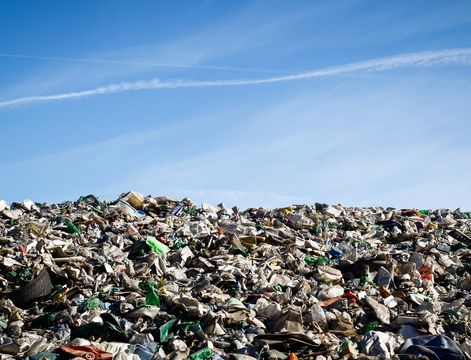
This handbook provides good practices in management of landfills learned through realized projects for the safe and effective management of waste.